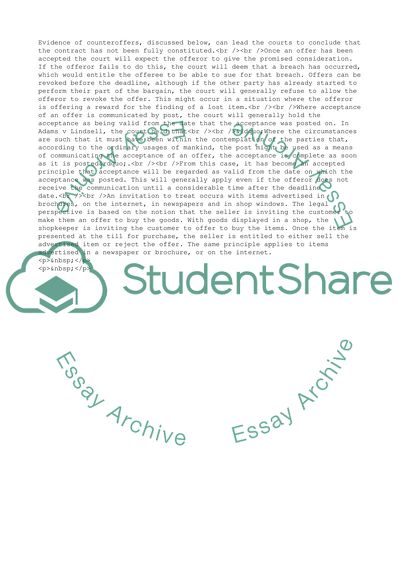Cite this document
(The Legal Environment of Business - Distinguishing Between an Offer an Assignment, n.d.)
The Legal Environment of Business - Distinguishing Between an Offer an Assignment. https://studentshare.org/business/1728868-contract-law
The Legal Environment of Business - Distinguishing Between an Offer an Assignment. https://studentshare.org/business/1728868-contract-law
(The Legal Environment of Business - Distinguishing Between an Offer an Assignment)
The Legal Environment of Business - Distinguishing Between an Offer an Assignment. https://studentshare.org/business/1728868-contract-law.
The Legal Environment of Business - Distinguishing Between an Offer an Assignment. https://studentshare.org/business/1728868-contract-law.
“The Legal Environment of Business - Distinguishing Between an Offer an Assignment”. https://studentshare.org/business/1728868-contract-law.


